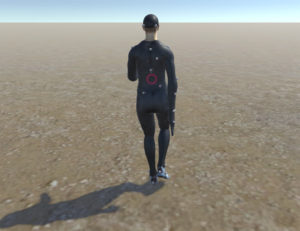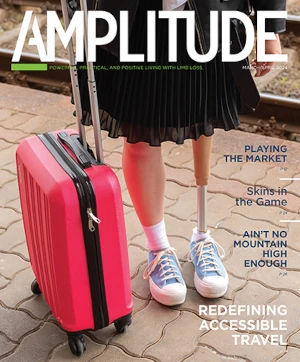Currently prescribed physical therapy often requires patients to complete regular exercises at home. Outside of the clinic, patients rarely receive any guidance other than a leaflet of sketches or static photographs to instruct them how to complete their exercises. This leads to poor adherence, with patients becoming anxious about not getting the exercise right or getting bored by the repetitiveness of the movements.
The advent of consumer virtual reality (VR) technology combined with 3D motion capture allows real movements to be accurately translated onto an avatar that can be viewed in a virtual environment. Researchers at the Institute of Digital Healthcare, Warwick Manufacturing Group (WMG), University of Warwick, are investigating whether this technology can be used to provide guidance to patients by providing a virtual physical therapist in the home to demonstrate the prescribed exercises.
Their paper,published in the journal PLOS ONE, focused on whether people are able to accurately follow the movements of a virtual avatar.

They asked participants to step in time with an avatar viewed through a VR headset. Unknown to the participants, the researchers subtly slowed down or speeded up one of the avatar’s steps, such that the participants would have to correct their own stepping movement to stay in time.
“If participants were observed to correct their own stepping to stay in time with the avatar, we knew they were able to accurately follow the movements they were observing,” said Omar Khan, lead author. “We found that participants struggled to keep in time if only visual information was present. However, when we added realistic footstep sounds in addition to the visual information, the more realistic multisensory information allowed participants to accurately follow the avatar.”
Mark Elliott, PhD, principal investigator on the project, added that VR technologies have the potential to provide guidance for physical therapy and make the exercises more interesting.
This article was adapted from information provided by the University of Warwick.



